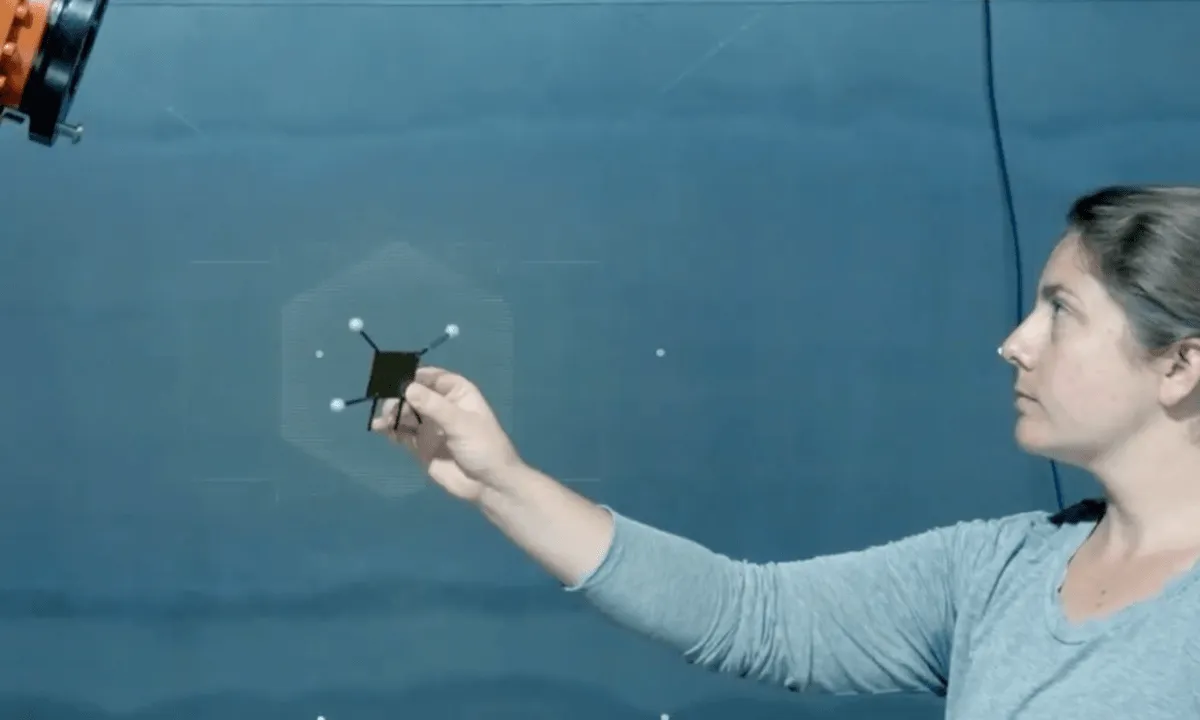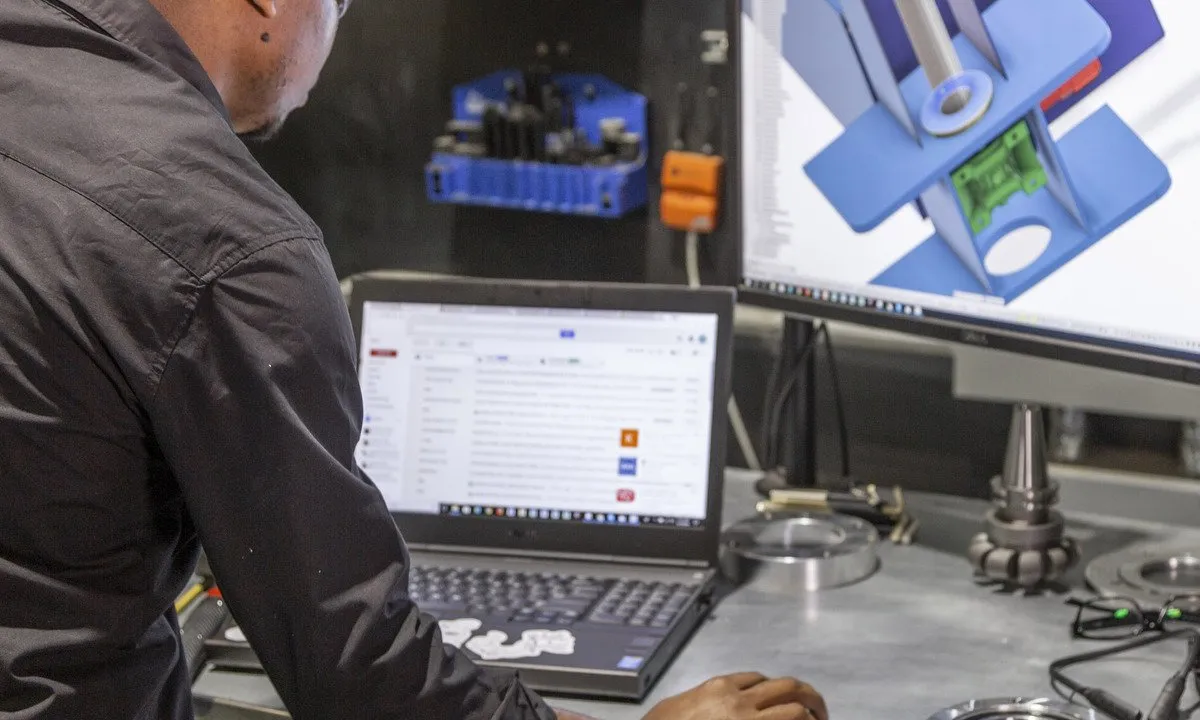
Simulation 
This course provides an overview of Fusion 360 Schematic SPICE Simulation, including how to send a Fusion 360 Simulation File to ANSYS Mechanical. It covers a range of simulation features, such as thermal and thermal stress, study breadth, static stress, and more. Participants will gain a comprehensive understanding of the simulation process and its various features. ▼
ADVERTISEMENT
Course Feature
![]() Cost:
Cost:
Free
![]() Provider:
Provider:
Youtube
![]() Certificate:
Certificate:
Paid Certification
![]() Language:
Language:
English
![]() Start Date:
Start Date:
On-Demand
Course Overview
❗The content presented here is sourced directly from Youtube platform. For comprehensive course details, including enrollment information, simply click on the 'Go to class' link on our website.
Updated in [February 21st, 2023]
Welcome to the course on Simulation! In this course, you will learn how to use Fusion 360 Schematic SPICE Simulation, send a Fusion 360 Simulation File to ANSYS Mechanical, and explore features such as Thermal & Thermal Stress, Study Breadth, Static Stress, Simplify, Shape Optimization, Overview, Non-Linear Stress, Modal Analysis, Event Simulation, Compare CAD Designs, Buckling, Verification of Compliant Mechanisms, Mesh Settings, Adaptive Meshing, Contact Types, Simulation Simplification, Toolpaths and Collisions, Snap Fits, Basics, Linear Static Simulation, Advanced Simulation, Sim Compare, Simulation Simplify, Suppress All But Selected, Buckling in 3, Shape Optimization, Simulation Comparison, Lightweighting, Force Control, Deep Dive, Better Simulation Results, Product Performance, Vibration, Clone & Reuse, Singularities, Mesh Adaptation, and Getting Started with FEA.
This course provides a comprehensive overview of the simulation features available in Fusion 360. You will learn how to use these features to create more accurate and efficient designs. You will also learn how to use simulation to verify the performance of your designs and to identify potential problems. Additionally, you will learn how to use simulation to optimize your designs for better performance and to reduce weight. Finally, you will learn how to use simulation to compare different designs and to identify the best design for your needs.
The value of this course for users is that it provides a comprehensive overview of the simulation features available in Fusion 360. You will learn how to use these features to create more accurate and efficient designs, verify the performance of your designs, optimize your designs for better performance, and compare different designs. This course will help you to become more proficient in using simulation to create better designs and to identify potential problems. Additionally, you will gain a better understanding of the different simulation features available in Fusion 360 and how to use them to create better designs. Finally, you will be able to use simulation to compare different designs and to identify the best design for your needs.
[Applications]
Users will be able to apply the knowledge they have gained to create simulations in Fusion 360. They will be able to use the features such as Thermal & Thermal Stress, Study Breadth, Static Stress, Simplify, Shape Optimization, Non-Linear Stress, Event Simulation, Buckling, Verification of Compliant Mechanisms, Mesh Settings, Adaptive Meshing, Contact Types, Simulation Simplification, Machining Simulations, Snap Fits, Simulation Basics, Linear Static Simulation, Advanced Simulation, Sim Compare, Suppress All But Selected, Buckling in 3, Shape Optimization, Simulation Comparison, Force Control, Deep Dive, Better Simulation Results, Advanced FEA, Vibration on a Reciprocating Saw, Clone & Reuse, Singularities, Mesh Adaptation, and Getting Started with FEA. They will also be able to send a Fusion 360 Simulation File to ANSYS Mechanical.
[Career Paths]
1. Simulation Engineer: Simulation engineers use computer-aided engineering (CAE) software to create simulations of physical systems. They use these simulations to analyze the performance of products and processes, and to identify potential problems. They also use simulations to optimize designs and to develop new products. The development of simulation technology is rapidly advancing, and simulation engineers must stay up-to-date with the latest trends and techniques.
2. Simulation Analyst: Simulation analysts use computer simulations to analyze the performance of products and processes. They use simulations to identify potential problems and to optimize designs. They also use simulations to develop new products and to test the performance of existing products. Simulation analysts must be familiar with the latest trends and techniques in simulation technology.
3. Simulation Developer: Simulation developers create computer simulations to analyze the performance of products and processes. They use simulations to identify potential problems and to optimize designs. They also use simulations to develop new products and to test the performance of existing products. Simulation developers must be familiar with the latest trends and techniques in simulation technology.
4. Simulation Consultant: Simulation consultants provide advice and guidance to companies on the use of computer simulations to analyze the performance of products and processes. They use simulations to identify potential problems and to optimize designs. They also use simulations to develop new products and to test the performance of existing products. Simulation consultants must be familiar with the latest trends and techniques in simulation technology.
Course Provider

Provider Youtube's Stats at AZClass
Discussion and Reviews
0.0 (Based on 0 reviews)
Explore Similar Online Courses

Design tips for Website Design with Squarespace and Wix (no code)

Windows 11 Troubleshooting

Python for Informatics: Exploring Information

Social Network Analysis

Introduction to Systematic Review and Meta-Analysis

The Analytics Edge

DCO042 - Python For Informatics

Causal Diagrams: Draw Your Assumptions Before Your Conclusions

Whole genome sequencing of bacterial genomes - tools and applications

Engineering Design Process with Autodesk Fusion 360

Intro to Digital Manufacturing with Autodesk Fusion 360


Start your review of Simulation